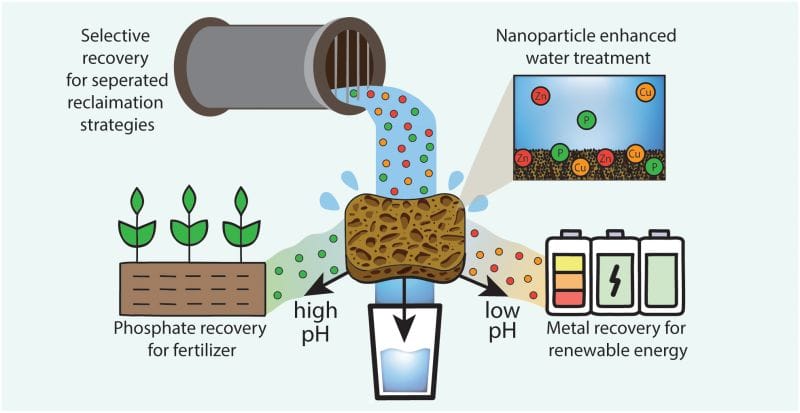RSS feed source: Volcano Discovery.com--Global earthquake monitor
Date and TimeMag
DepthDistanceLocationDetailsMap May 6, 01:51 am (GMT +12)
3.6
197 km1578 km (980 mi) to the S South Pacific Ocean, 75 km northeast of Tauranga, Bay of Plenty, New Zealand I FELT IT
Info
May 6, 12:34 am (GMT +12)
2.8
166 km1661 km (1032 mi) to the S 32 km north of Rotorua, Bay of Plenty, New Zealand
Info
May 5, 10:12 pm (GMT +12)
2.6
12 km1584 km (984 mi) to the S South Pacific Ocean, 62 km north of Whakatane, Bay of Plenty, New Zealand I FELT IT
Info
May 5, 09:00 pm (GMT +12)
2.6
59 km1687 km (1048 mi) to the S South Pacific Ocean, 87 km southeast of Tauranga, Bay of Plenty, New Zealand
Info
May 5, 04:59 pm (GMT +12)
2.1
4.4 km1698 km (1055 mi) to the S 21 km southeast of Rotorua, Bay of Plenty, New Zealand
Info
May 5, 02:15 pm (GMT +12)
2.2
4.1 km1699 km (1056 mi) to the S 20 km southeast of Rotorua, Bay of Plenty, New Zealand
Info
Dec 2, 2022 06:07 pm (Auckland)
5.4
157 km1721 km (1070 mi) to the S 31 km southwest of Rotorua, Bay of Plenty, New Zealand 38 reportsInfoMar 23, 2021 07:15 am (Auckland)
5.3
133 km1650 km (1025 mi) to the S 53 km southeast of Tauranga, Bay of Plenty, New Zealand 9 reportsInfoMar 5, 2021 01:27 am (GMT +12)
7.1
90 km1515 km (942 mi) to the S South Pacific Ocean, 192 km northeast of Gisborne, Gisborne, New Zealand 1267 reportsInfoNov 23, 2019 04:34 pm (Universal Time)
5.8
98 km1583 km (984 mi) to the SSouth Pacific Ocean, 178 km east of Waiheke Island,
Click this link to continue reading the article on the source website.


